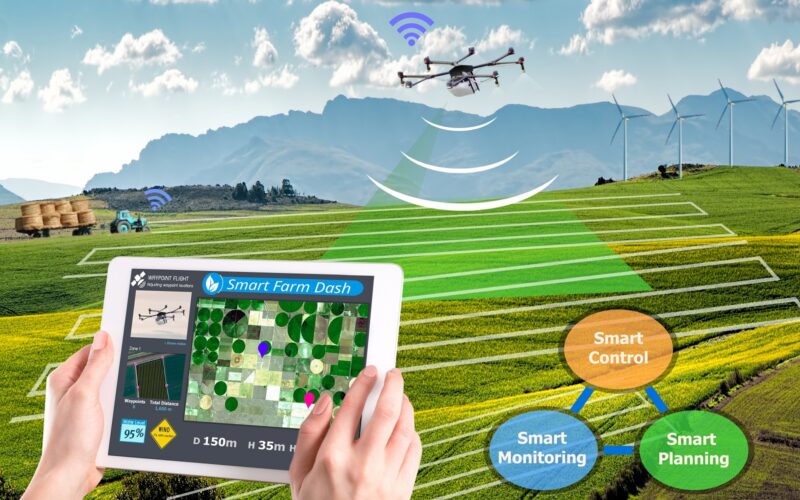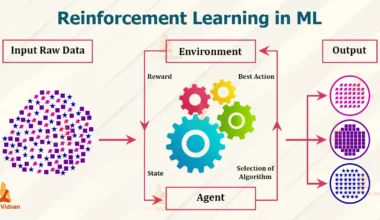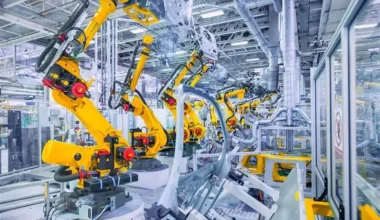Precision agriculture (PA) is the use of information technology to manage agricultural production systems. It involves collecting data about the environment, crops, and livestock, and using that data to make informed decisions about crop planting, fertilization, irrigation, and pest control.
PA can help farmers to increase yields, reduce costs, and improve the sustainability of their operations. It can also help to protect the environment by reducing the use of pesticides and fertilizers.
There are many different ways to utilize PA for maximum efficiency. Some of the most common methods include:
- Using sensors to collect data. Sensors can be used to collect data about the environment, such as soil moisture, temperature, and light levels. They can also be used to collect data about crops, such as plant health, growth stage, and yield potential.
- Using geographic information systems (GIS) to analyze data. GIS software can be used to analyze data collected by sensors. This can help farmers to identify areas of their fields that are more or less productive, and to target their inputs accordingly.
- Using decision support systems (DSS) to make decisions. DSS software can be used to help farmers make decisions about crop planting, fertilization, irrigation, and pest control. This software takes into account the data collected by sensors and GIS, and it can help farmers to make the most efficient use of their resources.
In addition to these methods, there are a number of other ways to utilize PA for maximum efficiency. These include:
- Using drones to collect data. Drones can be used to collect data about fields, such as crop health, weed infestation, and soil moisture. This data can be used to make informed decisions about crop management.
- Using robots to apply inputs. Robots can be used to apply inputs, such as fertilizers and pesticides, in a precise and efficient manner. This can help to reduce the amount of inputs used, and it can also help to improve the accuracy of applications.
- Using predictive analytics to forecast yields. Predictive analytics can be used to forecast crop yields based on data collected by sensors and GIS. This information can be used to make decisions about crop planting, marketing, and insurance.
PA is a rapidly evolving field, and there are new technologies being developed all the time. By utilizing the latest PA technologies, farmers can increase yields, reduce costs, and improve the sustainability of their operations.
Here are some additional tips for utilizing precision agriculture for maximum efficiency:
- Start small. Don’t try to implement all of the latest PA technologies at once. Start with a few simple technologies, and learn how to use them effectively. Once you’re comfortable with the basics, you can start to add more complex technologies to your operation.
- Work with a consultant. If you’re not sure where to start with PA, or if you need help implementing specific technologies, consider working with a consultant. A consultant can help you to assess your needs, develop a plan, and implement the technologies that are right for your operation.
- Be patient. It takes time to see the benefits of PA. Don’t expect to see a dramatic increase in yields overnight. However, if you’re patient and persistent, you will eventually see the benefits of PA in terms of increased yields, reduced costs, and improved sustainability.
Precision agriculture is a powerful tool that can help farmers to increase yields, reduce costs, and improve the sustainability of their operations. By utilizing the latest PA technologies and following these tips, you can maximize the efficiency of your operation.











